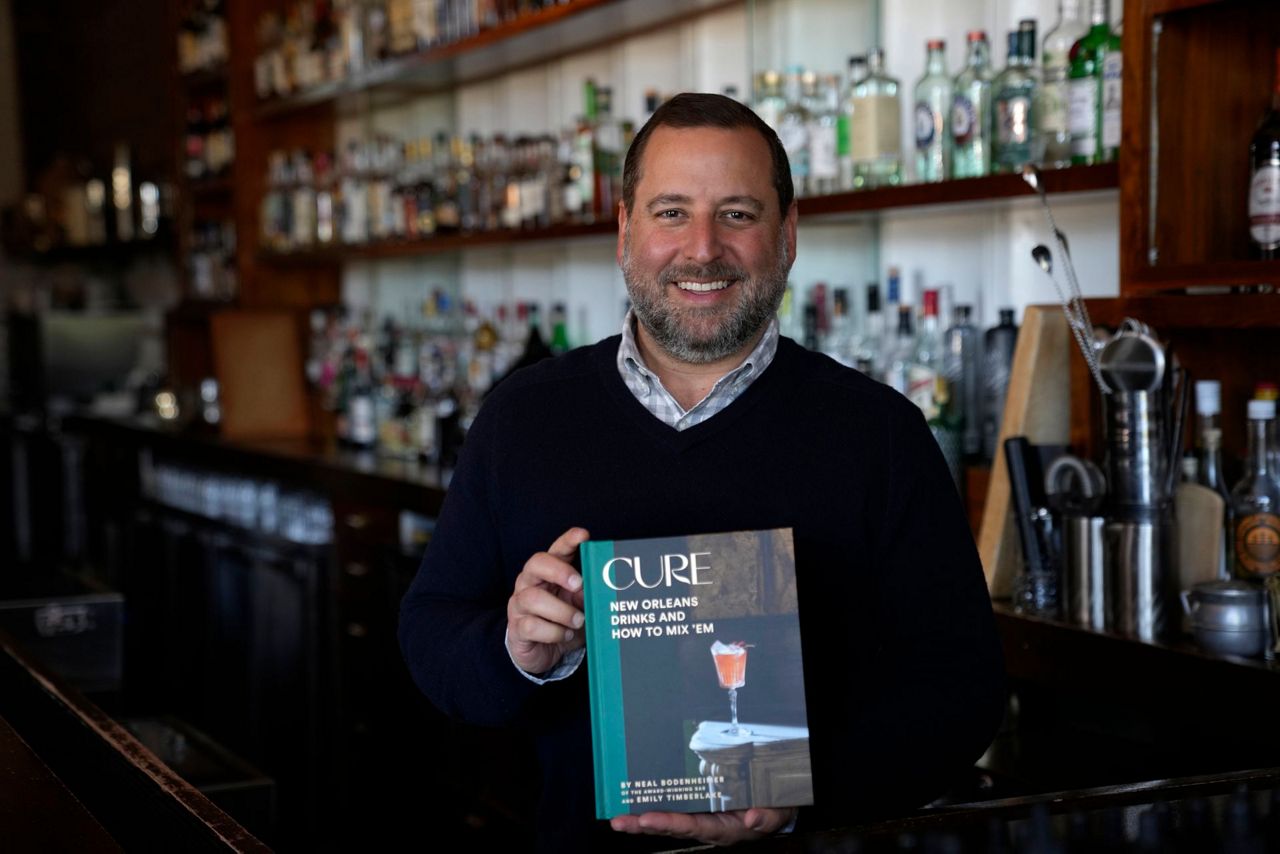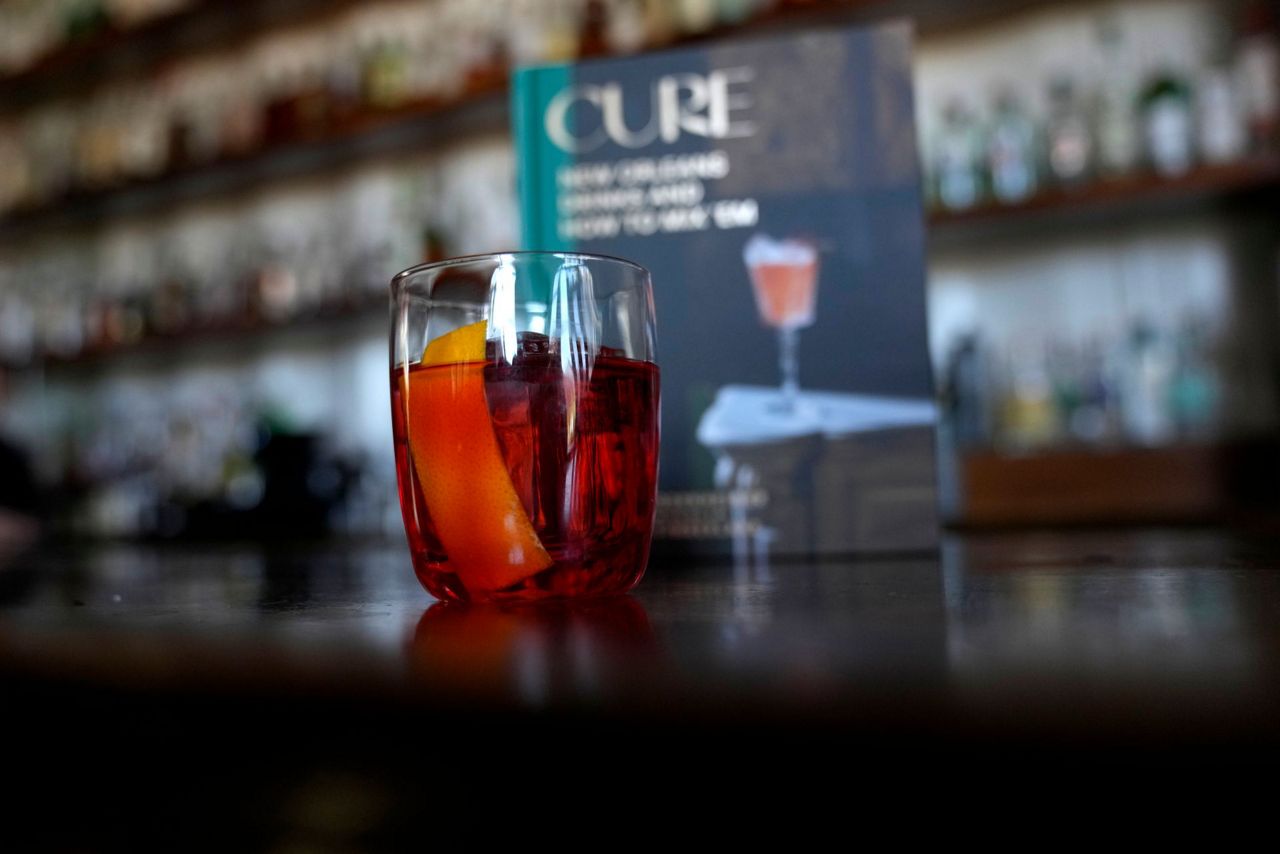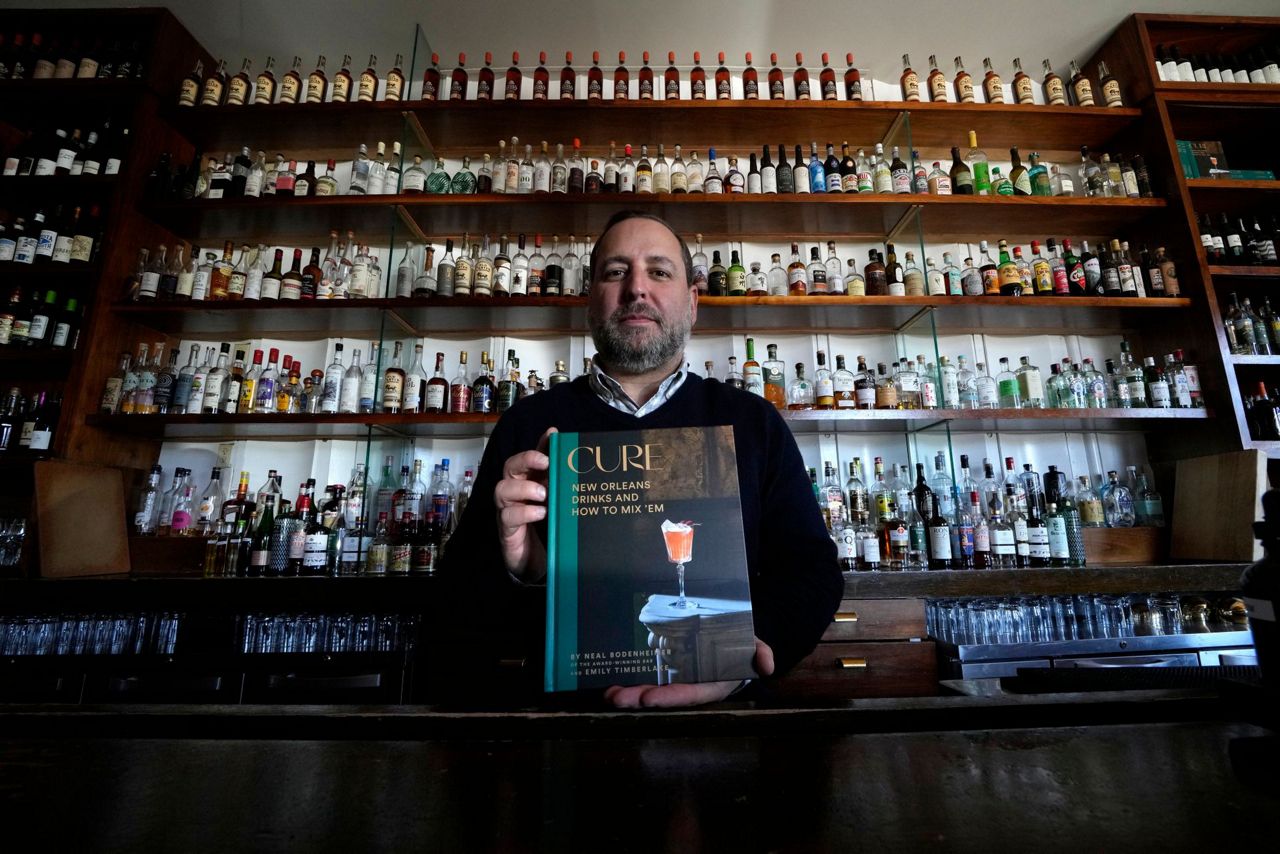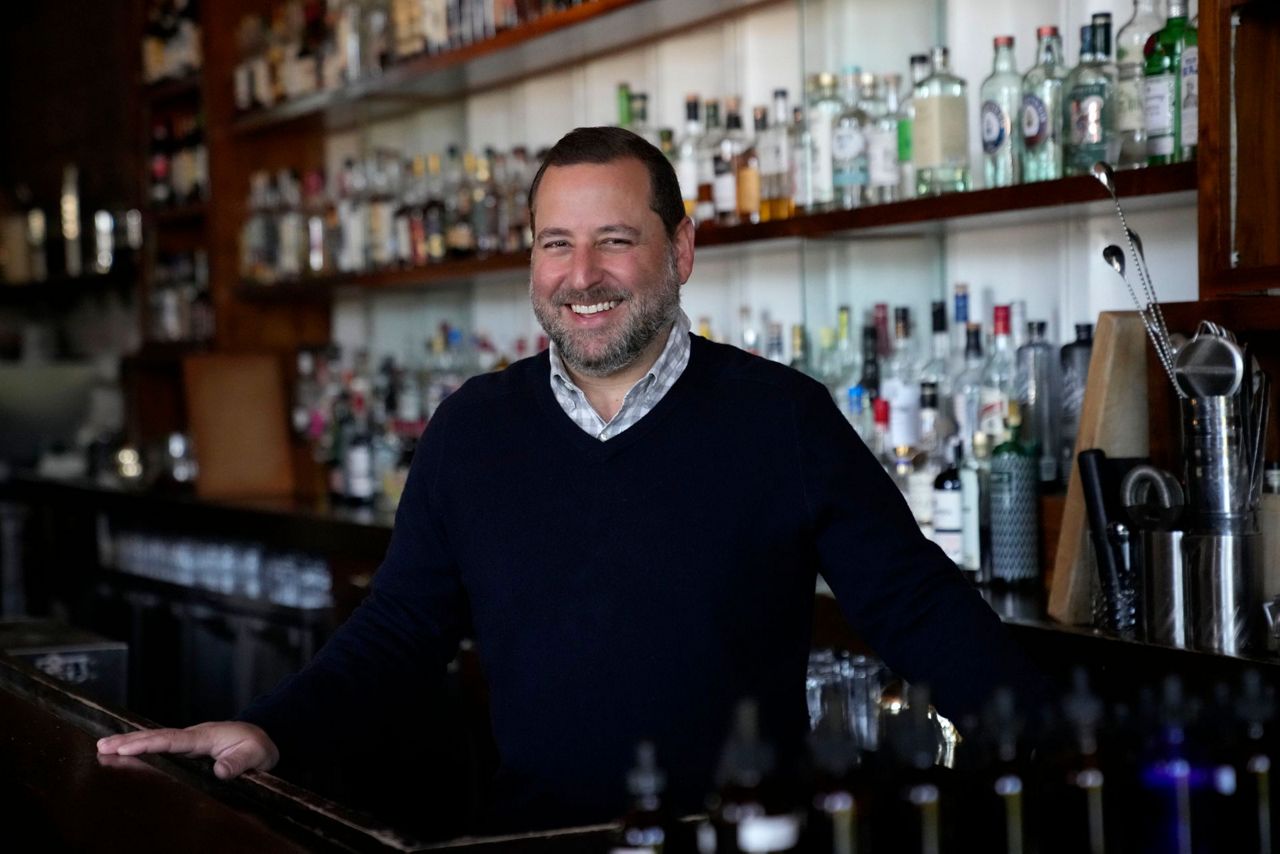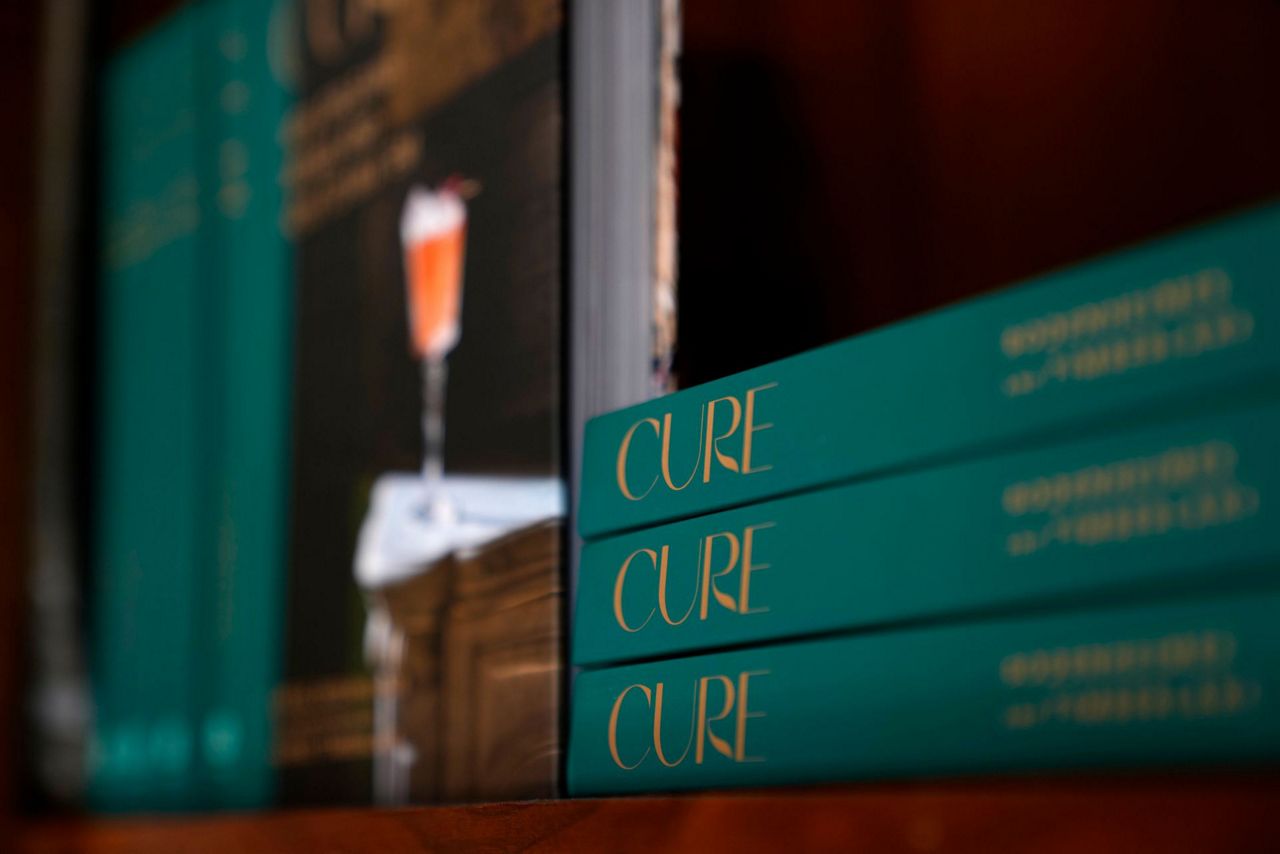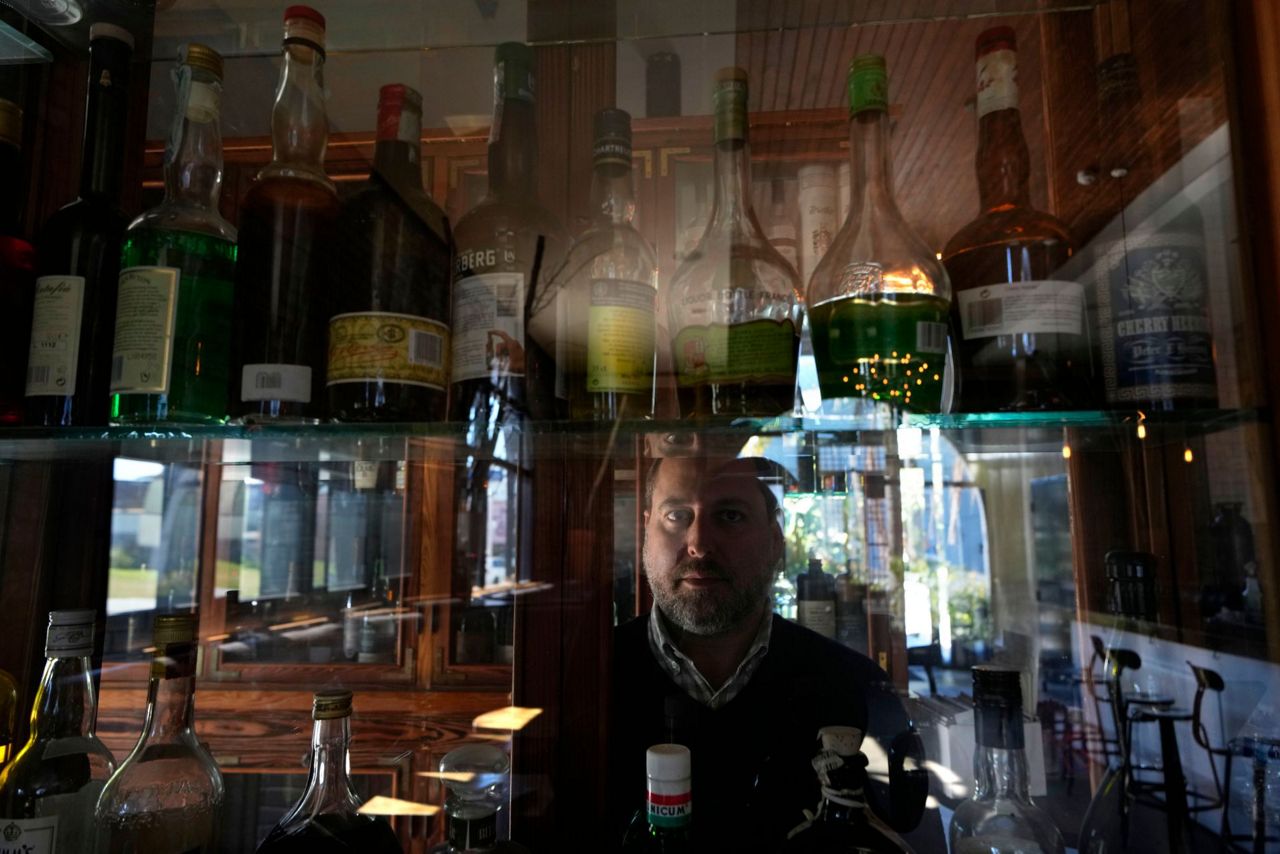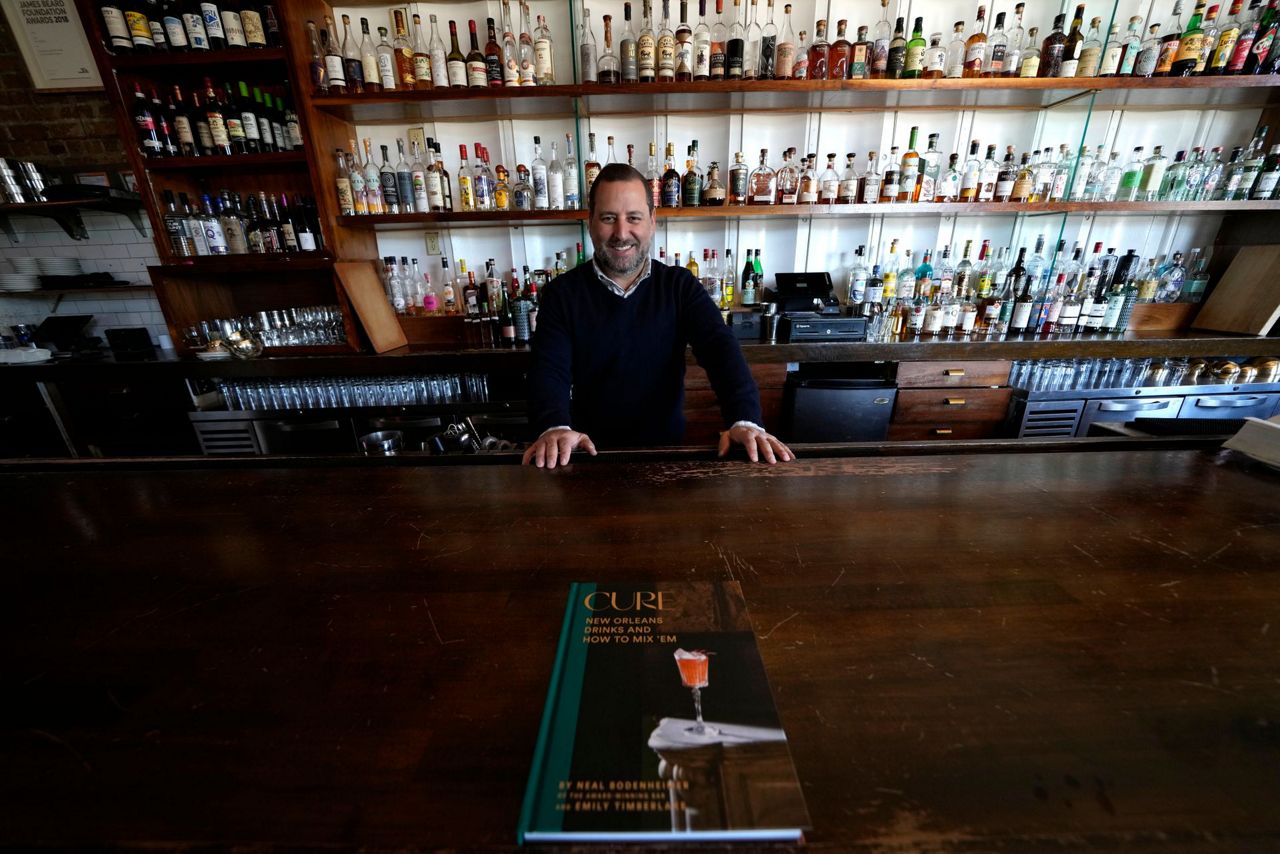If your idea of a New Orleans cocktail is a Kool-Aid colored, alcohol-heavy concoction served in a plastic hand grenade or a novelty glass resembling a hurricane lamp, stop thinking like a college freshman on his first trip to Bourbon Street and take a look at the new book from upscale bar owner Neal Bodenheimer.
“Cure: New Orleans Drinks and How to Mix ’Em,” by Bodenheimer and food writer Emily Timberlake, is full of recipes for cocktails created at Cure, the craft cocktail bar Bodenheimer founded in 2009. The bar is widely credited with being modern-day New Orleans’ first destination bar for craft cocktails. The book has recipes for sours, Manhattans, and bittered slings interspersed with some history of New Orleans, its drinking culture and the men and women at Cure who created the drinks.
Bodenheimer, whose family first settled in Louisiana in the 1850s, was a bartender in New York with plans to eventually open a cocktail bar there. But then Hurricane Katrina happened in 2005, and like many New Orleanians who watched the catastrophe unfold in their hometown, Bodenheimer felt an immediate need to return.
“I just decided that I wanted ... to go back home,” he said during an interview with The Associated Press.
Cure opened in 2009 on Freret Street, far from more well-known tourist haunts such as the French Quarter or Magazine Street. The bar became a key anchor as the street not only recovered from heavy Katrina damage but also became a thriving culinary thoroughfare. In 2018, Cure was honored with a prestigious James Beard award for Outstanding Bar Program. It's also the first of many bars and restaurants that Bodenheimer is now involved with.
There’s Cane & Table and Peychaud's in the French Quarter, the restaurant Vals on Freret Street, and just last year his first venture outside New Orleans — the restaurant Dauphine’s in Washington.
New Orleans' reputation for drinking and a love of parties is well known. During Prohibition, New Orleans was known as the country's wettest city. Today in some New Orleans neighborhoods, people can legally chug a cup of booze as they wander down the street.
The book includes recipes for many of the classic cocktails associated with New Orleans, including the Ramos Gin Fizz, Vieux Carre and Sazerac (Bodenheimer sadly but firmly refutes local lore that the Sazerac was the world's first cocktail). But the vast majority of drinks are creations of Bodenheimer and the staff at Cure. With some exceptions, every season Cure introduces a new slate of drinks Bodenheimer credits to the diverse, creative staff.
“I get to work with incredible people,” he said. “It’s just incredible how somebody brings their own ... talent to drink-making. And that talent is unique.”
There is an exactness in the book and its recipes that may surprise readers expecting a loose, “let the good times roll” approach to New Orleans drinks. The Ramos Gin Fizz is shaken for exactly 2 1/2 minutes. Cure uses unscented hand soap at the bar so as to not interfere with the smell from expressed citrus. Bitters are added to drinks using a medicine dropper instead of a dasher bottle.
Liz Williams, the founder of the Southern Food and Beverage Museum and one of the authors of “Lift Your Spirits: A Celebratory History of Cocktail Culture in New Orleans," said Bodenheimer and Cure don't make the “super complicated insane drinks” sometimes seen elsewhere. There's no Bloody Mary with a jungle's worth of fruits and vegetables on top, for example.
“There’s a lot of elegance about the way the drinks are presented,” she said.
Williams credits Bodenheimer with promoting the people that have worked at Cure by helping them go on to new positions in a way that the late New Orleans chef Paul Prudhomme was known to do: “He understands that rising tides lifts all boats.”
The book is interspersed with essays by Bodenheimer's friends and contemporaries that showcase various aspects of the city's drinking culture and reflect the college history major's obsession with history. One section profiles New Orleans photographer and writer L. Kasimu Harris, who documented the gentrifying city's remaining Black-owned neighborhood bars in the book “Vanishing Black Bars and Lounges.”
Another section details Bodenheimer's go-to schedule and recommendations for Mardi Gras, including a recipe for the eponymous punch. Essentially the book is, as Bodenheimer describes it, a “love letter to the city from me.”
“It really is meant to honor ... the city and to honor the work of the people that have graced us with their talent behind the bar at Cure,” he said.
___
Follow Santana on Twitter @ruskygal.
Copyright 2022 The Associated Press. All rights reserved. This material may not be published, broadcast, rewritten or redistributed without permission.



